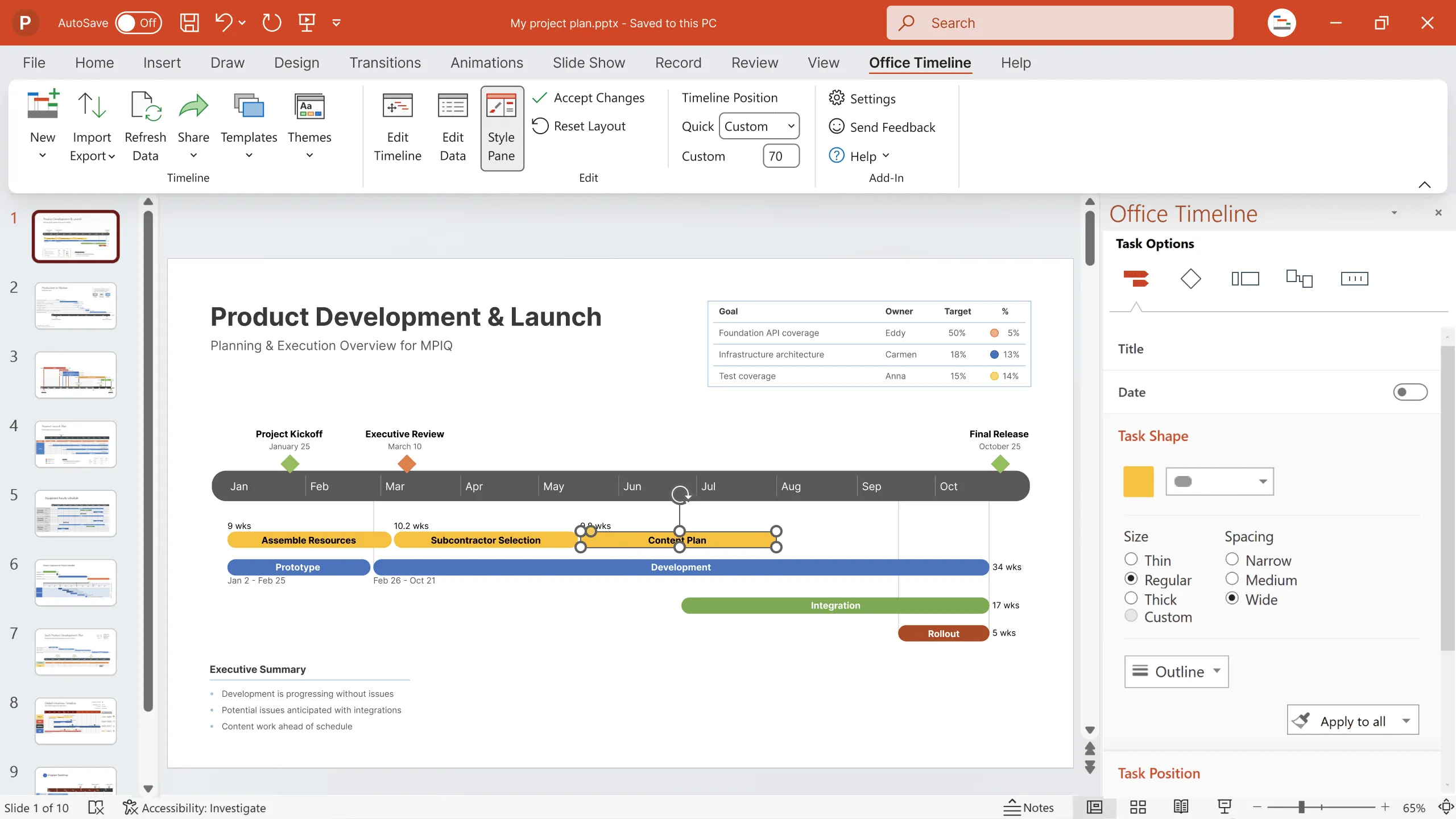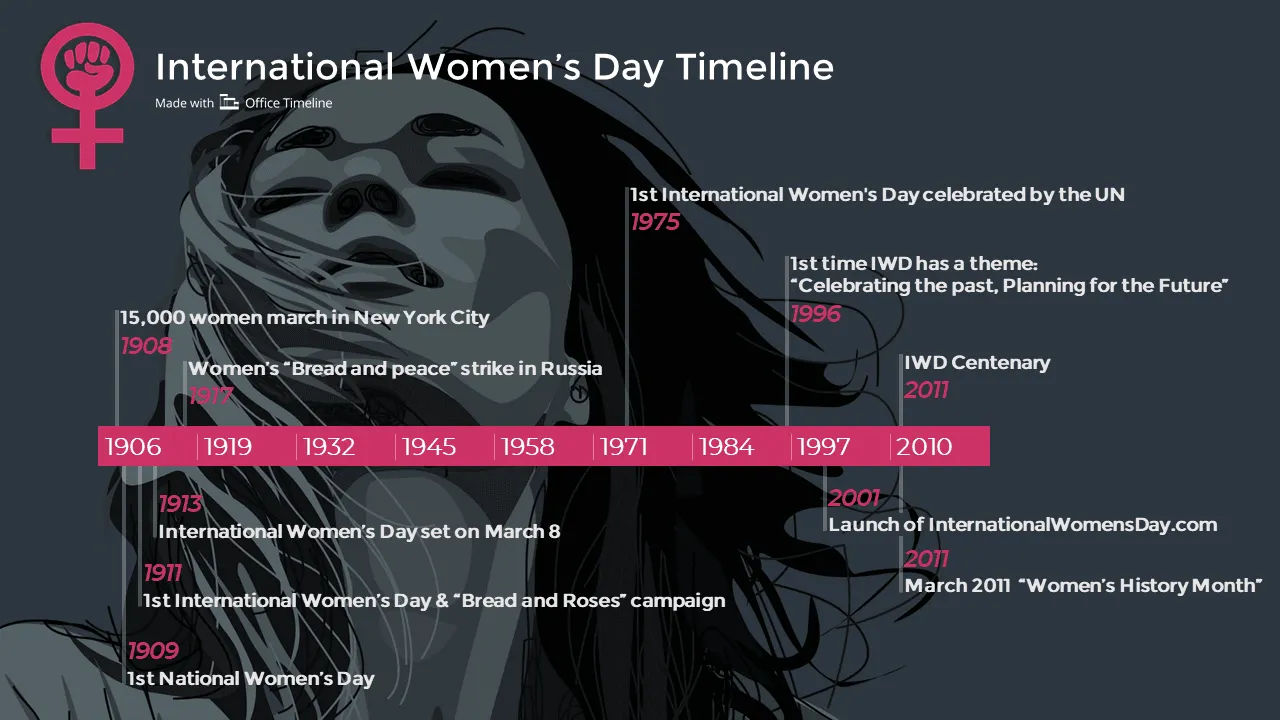International Women’s Day timeline
Join us in commemorating the journey of equality and empowerment with our International Women's Day Timeline. From historic milestones to FAQs, delve into the legacy of this global celebration of women's achievements!
Every year on March 8th, people all around the world celebrate International Women’s Day. To explore some of the most important milestones in the history of the celebration, we have created the International Women’s Day timeline. In the blog post, we also try to shed some light on the most frequently asked questions.
FAQs about International Women’s Day
Let’s explore some of the most frequently asked questions about International Women’s Day.
International Women’s Day, or IWD for short, has its origins in the turbulent early 1900s, a time of rampant oppression and inequality. In 1908, the long hours, meager pay and the absence of voting rights prompted over 15,000 women to march in protest down the streets of New York.
One year later, in 1909, America’s Socialist Party declared the last Sunday of February as National Women’s Day, a tradition that carried until 1913.
In 1910, at the 2nd International Conference of Working Women hosted in Copenhagen, Clara Zetkin – speaking on the behalf of the women’s branch of Germany’s Social Democratic Party – proposed that all countries should be celebrating Women’s Day on the same date. Moreover, she suggested that the occasion be used to voice their demands. It was approved unanimously.
In 1911, IWD was honored in Switzerland, Germany, Austria and Denmark on the 19th of March. The rallies were attended by over one million citizens campaigning for the end of discrimination, and the right of women to vote and hold public offices.
During 1913 and 1914, the Russians were still using the Julian calendar and celebrated International Women’s Day on the 23rd of February. Following international discussions, it was agreed to move the IWD celebration to the Gregorian equivalent of this date, the 8th of March.
We should also mention that the original date of February 23rd is important for another reason. On that day in 1917, women in Russia began a strike to protest against the war, which would since be referred to as “bread and peace”.
The same year marked the abdication of the Czar and the installation of a provisional Bolshevik government that granted Russian women the voting rights they were asking for.
While it was originally honored back in 1911, the United Nations only adopted IWD as an official celebration in 1975 and gave it its first theme (“Celebrating the past, Planning for the Future”) in 1996. It both marks the achievement of women in society and represents a chance to raise awareness about current forms of inequality.
International Days are not just an opportunity to educate everyone on matters of public concern, but also to mobilize resources and adopt policies that will change humanity’s future for the better. According to the United Nations, promoting gender equality represents one of the most critical challenges of our century.
This is of particular importance now, considering that women are recognized as a more vulnerable category to the impact of climate change and ecological disasters. And, without a doubt, within their ranks are strong leaders that we must empower with a voice and equal statute in decision making, if we hope to build a sustainable future together.
About the International Women’s Day Timeline
The International Women’s Day timeline was created with Office Timeline, an elegant and robust PowerPoint add-in that helps you create amazing project visuals within minutes. Check out the free 14-day trial if you need to create complex and elaborate presentations with project timelines, Gantt charts or roadmaps.
You can download the International Women’s Day timeline as a PowerPoint file for free and manually add any important dates we might have missed or use the Office Timeline add-in to do it faster and easier.
Project management tips and tricks
Turn project data into professional timelines
Get the advanced features of Office Timeline free for 14 days.



